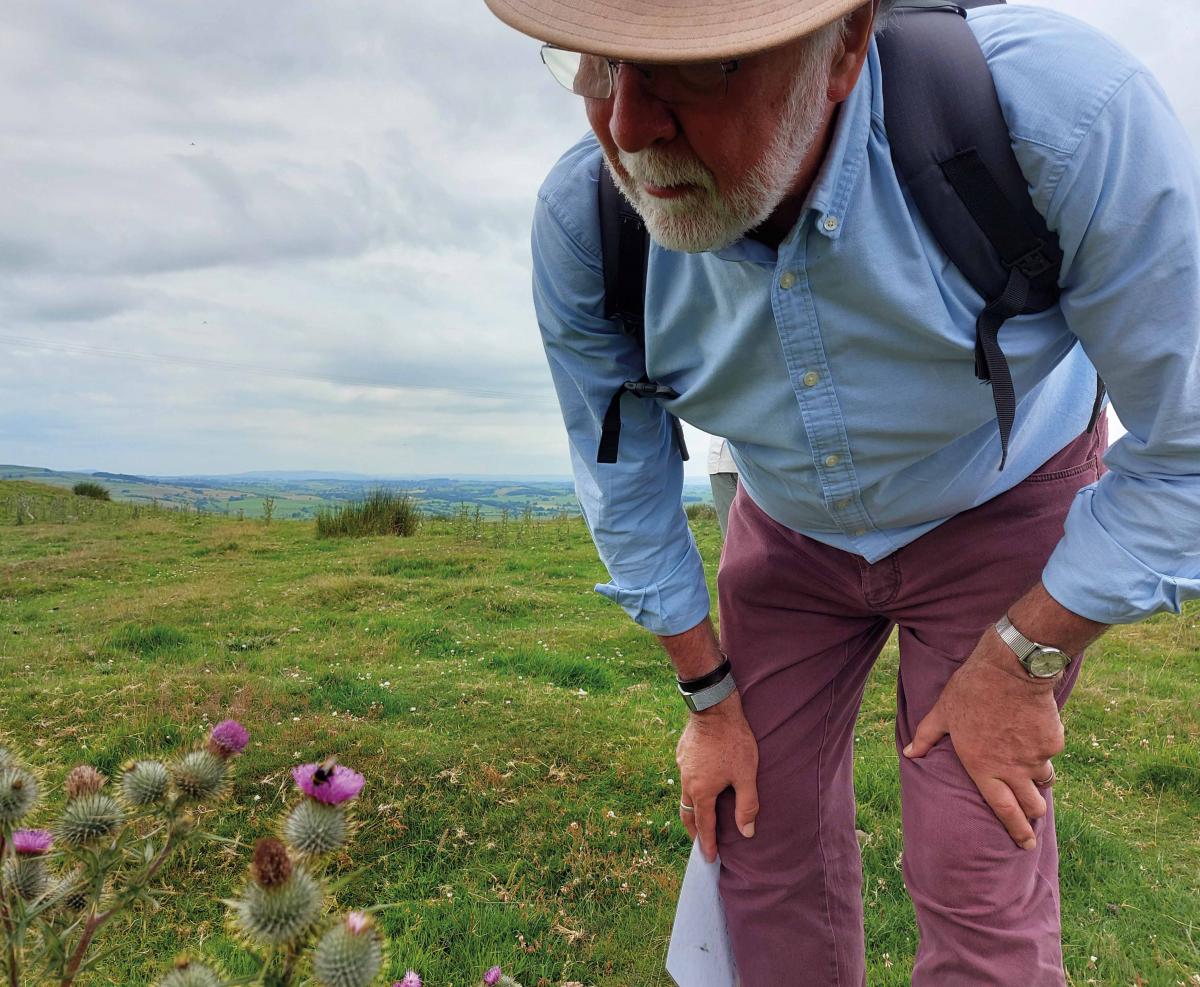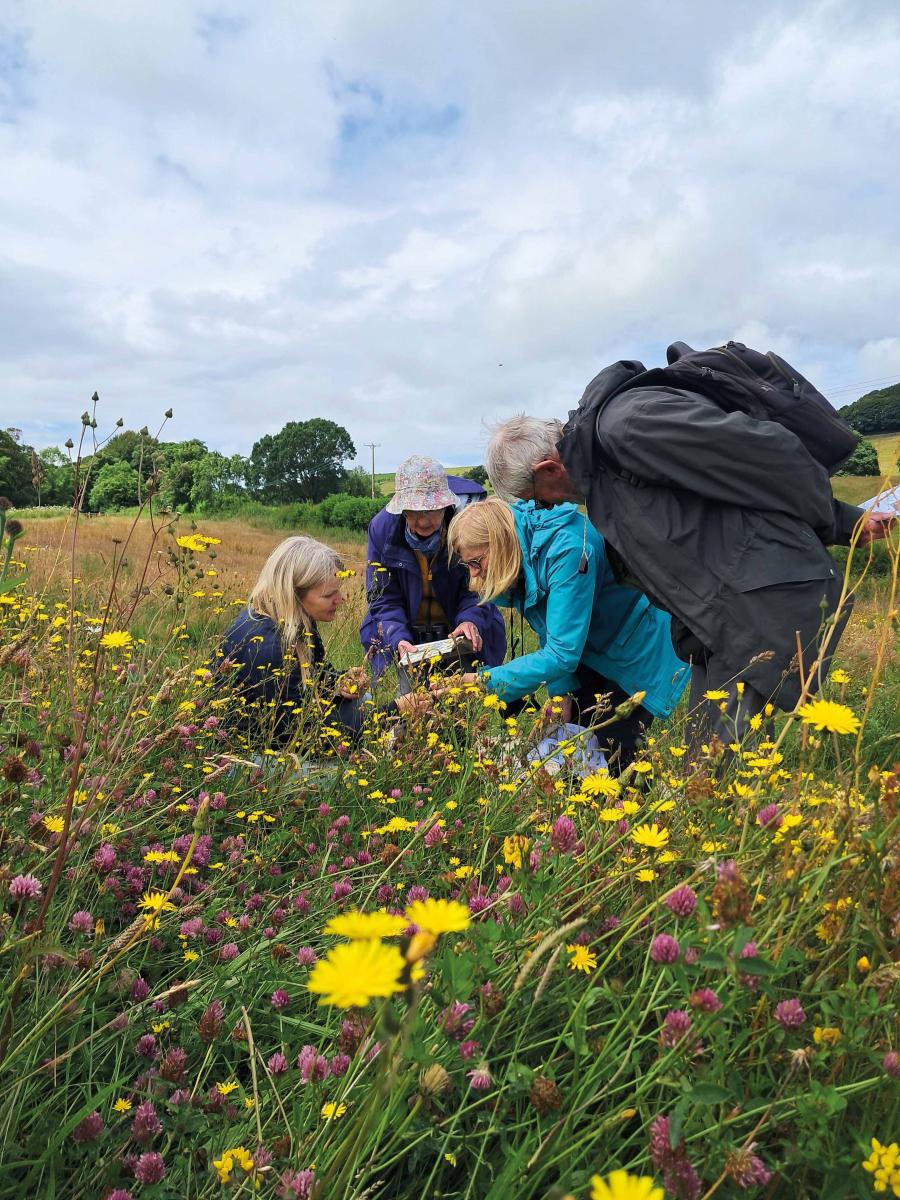 (News release written by Yorkshire Dales Millennium Trust)
(News release written by Yorkshire Dales Millennium Trust)
Early analysis of data from ten years of BeeWalk surveys in the Yorkshire Dales and Forest of Bowland points to wildflower-rich hay meadows as one of the best food sources for bumblebees.
This year marks ten years of BeeWalks, carried out by dedicated volunteers as part of a joint project by charity Yorkshire Dales Millennium Trust (YDMT) and the Forest of Bowland National Landscape to restore wildflower habitats for bumblebees and other pollinators.
An animated film will be released this week celebrating the 10-year milestone and highlighting the importance of hay meadows as a vital food source for bumblebees https://youtu.be/_QbN9-s8krw?si=mAQef8C5YrymXrRm
BeeWalk is a national citizen science scheme established by the Bumblebee Conservation Trust. Data collected is both a source of information for understanding how Britain’s bumblebees are doing, and critical for taking decisions on how we can best help bumblebees to survive and thrive.
For the last decade, volunteers have walked 485 kilometers across 24 different sites in the Dales and Forest of Bowland to collect bumblebee data. Early analysis shows how beneficial wildflower hay meadows can be for bumblebees and other insects both in terms of the sheer number of bumblebees recorded and the diversity of species.
The full report, to be published later this year, will provide crucial insights into the needs of pollinators in the local area, together with detailed information about the wildflower species and habitats they depend upon to thrive.

Project Officer Carol Edmondson said: “To help stem bumblebee declines, restoring habitats is crucial.
“Data from our research points to wildflower-rich hay meadows as one of the best food sources for bumblebees and highlights the importance of our work to restore and expand these species-rich habitats.”
Other highlights from initial analysis of the BeeWalk data shows:
- A total of 21,663 bumblebees of 12 different species recorded.
- The white and buff tailed bumblebees were the most commonly recorded, making up over 70% of records some years.
- All other species’ numbers have fluctuated over the years, but white and buff tailed bumblebees are on a definite upward trend.
- The top four flowers visited were red and white clover, yellow rattle and common knapweed.
Maurice White, a BeeWalk volunteer for almost a decade, said:
“I’ve learned a great deal about the range of bumblebee species we see in the Dales. They’re an indicator of the health of the environment. Where I do my counting is a really beautiful place and it’s a delight and a privilege to be even a tiny part of supporting and encouraging that.”
Thanks to funding from the European Outdoor Conservation Association (EOCA), which has enabled two years’ worth of YDMT’s BeeWalks, YDMT has been able to reach ten years of the project and collect invaluable data.
